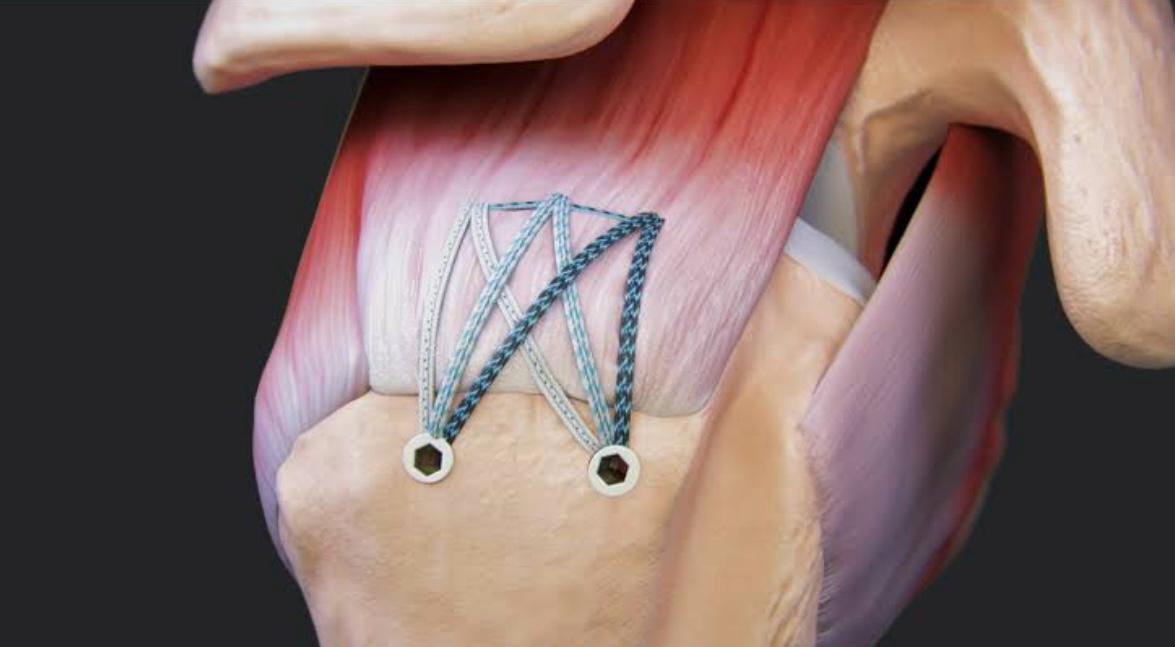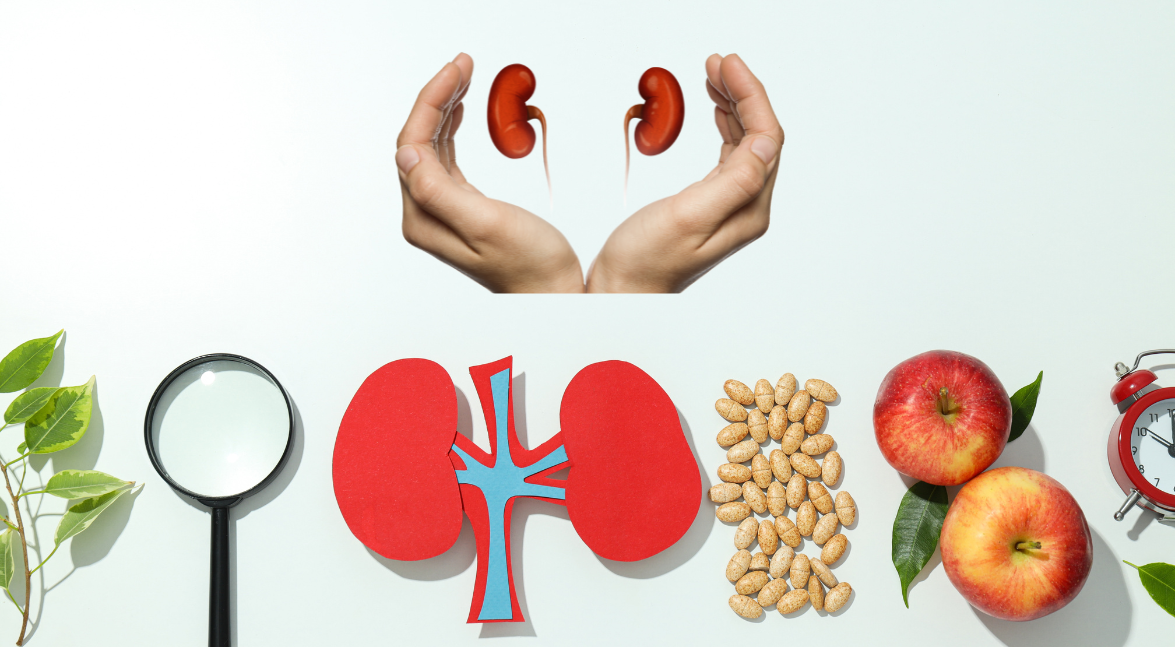Rotator cuff injuries involve damage to the muscles and tendons around the shoulder joint, often caused by trauma, overuse or age-related degeneration. Symptoms include pain,weakness and limited motion. Treatment starts with rest, ice, anti-inflammatory medications and physical therapy. If non-surgical methods fail, surgery may be required. Post-surgery rehab is crucial for recovery. Prevention includes strengthening exercises,proper warm-up and avoiding overuse to maintain shoulder health.
Rotator Cuff Injury and Its Management
The rotator cuff is a group of four muscles and their tendons that surround the shoulder joint, providing stability and enabling a wide range of motion. These muscles—supraspinatus, infraspinatus, teres minor, and subscapularis—play a crucial role in lifting and rotating the arm. Rotator cuff injuries, ranging from tendonitis to full tears, are common, particularly in athletes, individuals who perform repetitive overhead movements, and older adults. These injuries can lead to pain, weakness, and limited mobility in the shoulder.
Anatomy of the Rotator Cuff
Before diving into the injury and management, it’s essential to understand the anatomy of the rotator cuff.
1. Supraspinatus: Helps in abduction (lifting the arm away from the body).
2. Infraspinatus: Involved in external rotation of the arm.
3. Teres Minor: Also contributes to external rotation and stabilizes the shoulder.
4. Subscapularis: Responsible for internal rotation of the arm.
Together, these muscles form a cuff-like structure around the shoulder joint, stabilizing it and allowing for a full range of motion.
Causes of Rotator Cuff Injuries
Rotator cuff injuries can occur from various causes, including:
1. Acute Injury: A sudden trauma, such as a fall onto an outstretched arm or lifting something too heavy, can tear or strain the rotator cuff muscles or tendons.
2. Chronic Overuse: Repetitive overhead movements (common in athletes like swimmers, pitchers, and weightlifters) can wear down the tendons over time, leading to inflammation, tears, or tendonitis.
3. Age-Related Degeneration: As people age, the blood supply to the rotator cuff decreases, making the tendons more prone to damage. This can cause gradual weakening and fraying of the tendons, leading to tears.
4. Poor Posture and Body Mechanics: Postural imbalances or improper techniques during physical activities can increase strain on the shoulder joint, contributing to rotator cuff injuries.
5. Previous Shoulder Injuries: Individuals who have had a previous shoulder injury or dislocation are more prone to rotator cuff injuries, as the shoulder may become unstable.
Symptoms of Rotator Cuff Injury
The symptoms of a rotator cuff injury can vary depending on the severity of the damage. Common symptoms include:
• Pain: Pain in the shoulder, particularly when reaching overhead, lifting the arm, or during specific movements.
• Weakness: Difficulty lifting or rotating the arm due to muscle weakness.
• Limited Range of Motion: A feeling of stiffness and restricted movement in the shoulder joint.
• Pain at Night: Often, rotator cuff injuries cause pain at night, especially when lying on the affected shoulder.
• Clicking or Popping Sensation: Some individuals report a popping or clicking sound in the shoulder when moving the arm.
Diagnosis of Rotator Cuff Injury
A healthcare provider will perform a thorough physical examination to assess the shoulder’s range of motion, strength, and pain levels. The following diagnostic tools may also be used:
1. X-rays: While X-rays cannot detect soft tissue damage, they can rule out other conditions like fractures or arthritis.
2. MRI (Magnetic Resonance Imaging): MRI is the gold standard for diagnosing rotator cuff tears, as it provides detailed images of the soft tissues, including the muscles and tendons.
3. Ultrasound: This can be used to visualize the rotator cuff tendons in real-time and assess any damage.
4. Arthrogram: This is an X-ray procedure where dye is injected into the shoulder joint to give more detailed images of the joint structures.
Management of Rotator Cuff Injury
Treatment for rotator cuff injuries can range from conservative methods, such as rest and physical therapy, to surgical intervention, depending on the severity of the injury.
Non-Surgical Treatment
In most cases, non-surgical treatment is effective, especially for mild to moderate injuries. Non-surgical options include:
1. Rest and Activity Modification: Avoiding activities that exacerbate shoulder pain and avoiding overhead movements allows the injury to heal. Rest is particularly important in the initial phase after injury.
2. Ice and Heat Therapy: Applying ice to the injured area reduces inflammation and pain. Heat therapy may also help in later stages to relax the muscles.
3. Anti-inflammatory Medications: Non-steroidal anti-inflammatory drugs (NSAIDs), such as ibuprofen, can help reduce pain and inflammation.
4. Physical Therapy: A structured physical therapy program is essential for strengthening the muscles around the shoulder, improving range of motion, and preventing further injury. Specific exercises focus on strengthening the rotator cuff muscles, improving shoulder stability, and promoting proper posture.
5. Corticosteroid Injections: In some cases, an injection of corticosteroids into the shoulder joint can reduce inflammation and provide relief from pain. However, this is usually a temporary solution.
6. Bracing: A shoulder brace or sling may be used to immobilize the shoulder temporarily, particularly in the acute phase of the injury, to provide support and allow for healing.
Surgical Treatment
When conservative treatments fail to provide relief or in cases of severe rotator cuff tears, surgery may be necessary. The decision to proceed with surgery depends on the tear’s size, location, and the patient’s age, activity level, and overall health.
Types of surgical interventions include:
1. Arthroscopic Rotator Cuff Repair: This minimally invasive procedure is the most common for repairing rotator cuff tears. It involves making small incisions and using a camera (arthroscope) to view the inside of the shoulder joint. The torn tendons are reattached to the bone using sutures or anchors.
2. Open Surgery: For large tears or when arthroscopic repair is not possible, open surgery may be performed. This involves a larger incision to allow the surgeon better access to the damaged rotator cuff.
3. Tendon Transfer: If the rotator cuff is severely damaged and cannot be repaired, a tendon transfer may be performed, where a nearby tendon is relocated to restore function.
4. Shoulder Replacement Surgery: In cases where the rotator cuff is extensively damaged, or if there is severe arthritis, shoulder replacement surgery may be an option. This procedure involves replacing the damaged shoulder joint with a prosthesis.
Post-Surgical Rehabilitation
After surgery, physical therapy is crucial to regain strength and range of motion in the shoulder. The rehabilitation process generally involves:
• Phase 1: Protecting the shoulder and allowing the tissue to heal. This may involve wearing a sling and avoiding certain movements.
• Phase 2: Gradual introduction of passive and active exercises to restore flexibility and prevent stiffness.
• Phase 3: Strengthening exercises to rebuild muscle strength and stability around the shoulder.
Recovery from rotator cuff surgery can take several months, and full functional recovery may take up to a year, depending on the injury’s severity and the surgical procedure.
Prevention of Rotator Cuff Injuries
Although it may not be possible to prevent all rotator cuff injuries, certain measures can reduce the risk:
1. Proper Warm-up: Warming up before engaging in physical activities, especially those involving overhead movements, can reduce strain on the shoulder.
2. Strengthening Exercises: Regularly performing exercises to strengthen the shoulder muscles, particularly the rotator cuff, can improve stability and prevent injury.
3. Posture and Ergonomics: Maintaining good posture and proper body mechanics during activities like lifting, sports, and daily tasks can help prevent excessive stress on the shoulder.
4. Avoiding Overuse: Taking breaks and avoiding repetitive overhead motions can reduce the risk of tendonitis or tears, especially in athletes or manual laborers.
Conclusion
Rotator cuff injuries are common but treatable. Early diagnosis and appropriate management can help prevent further damage and restore shoulder function. While most individuals can recover with non-surgical treatments like physical therapy and rest, surgery may be required for more severe cases. Regardless of the treatment path, maintaining a strong and flexible rotator cuff is essential for long-term shoulder health. By strengthening the shoulder, using proper techniques, and addressing any issues promptly, individuals can prevent further injury and return to their daily activities
Dr Guruprasad , Consultant Orthopedician





